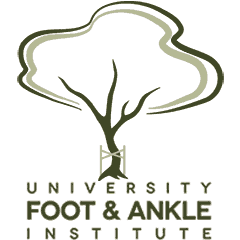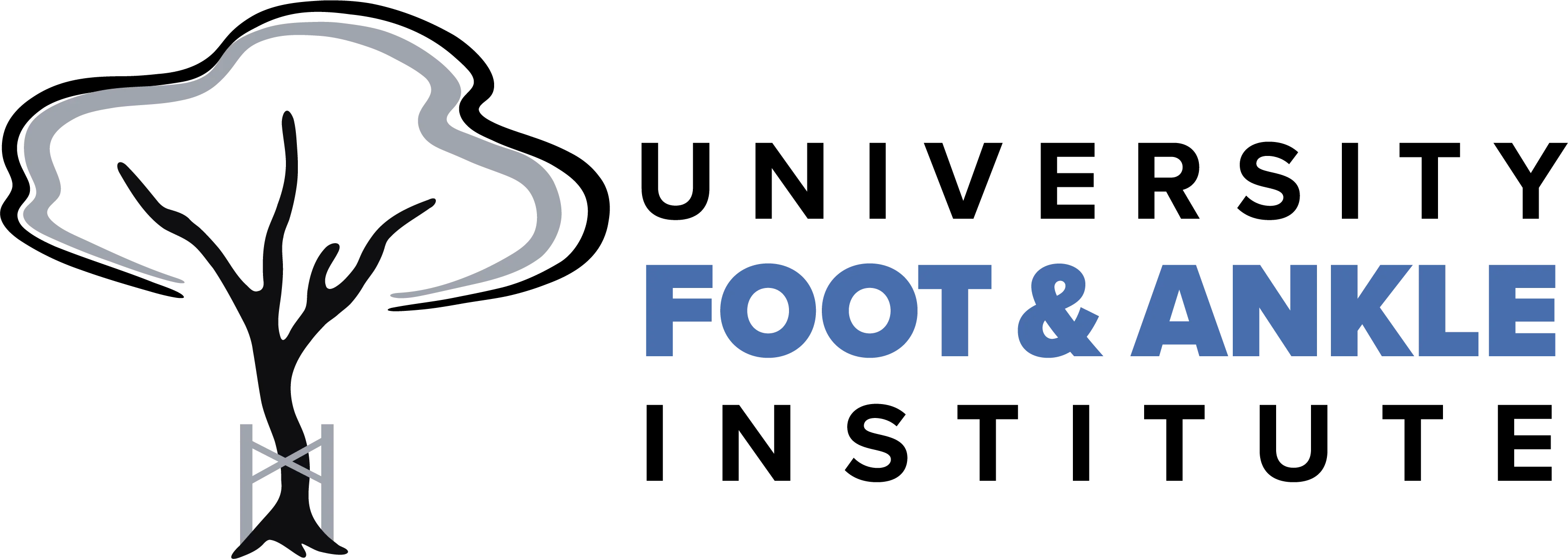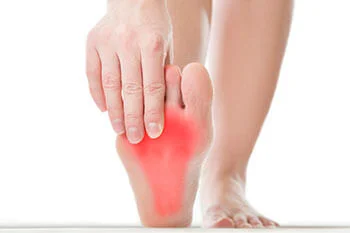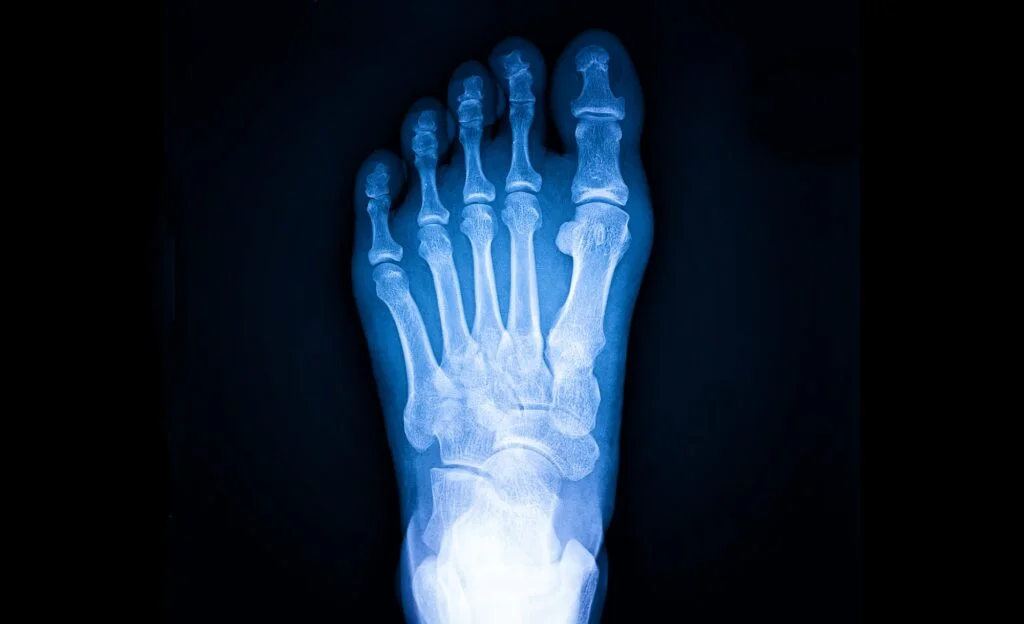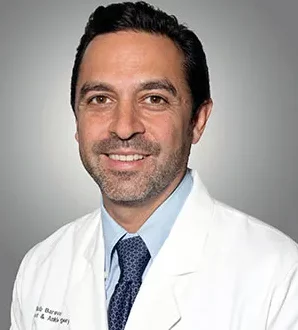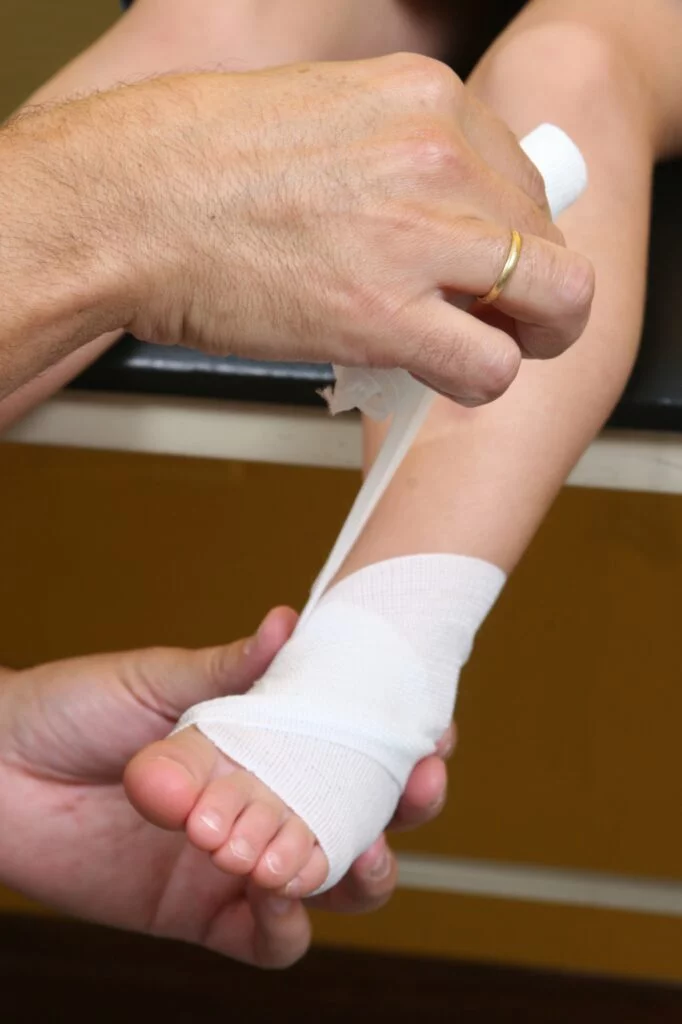Table of Contents
Understanding Accessory Navicular Syndrome: Causes, Symptoms, and Treatment
What is an Accessory Navicular?
Causes of Accessory Navicular Syndrome
ANS occurs when the accessory navicular bone causes irritation or becomes problematic due to factors such as:
- Overuse or repetitive stress: Activities that place strain on the foot, such as running, jumping, or prolonged walking, can lead to irritation.
- Injury: Direct trauma to the foot, such as a sprain or impact, can aggravate the condition.
- Flat feet or fallen arches: Individuals with flat feet place additional stress on the posterior tibial tendon, increasing the likelihood of pain and inflammation.
- Ill-fitting footwear: Wearing shoes that do not provide adequate arch support can contribute to discomfort.
Symptoms of Accessory Navicular Syndrome
The symptoms of ANS can range from mild discomfort to severe pain and may include:
- Pain or tenderness along the inner side of the foot, particularly near the arch.
- Swelling and redness over the area of the accessory navicular.
- Difficulty walking or engaging in physical activities due to foot pain.
- Irritation from footwear, as shoes may rub against the bony prominence.
Diagnosis of Accessory Navicular Syndrome
A podiatrist can diagnose ANS through a combination of:
- Physical Examination: Evaluating the foot for pain, swelling, and tenderness.
- X-rays: Imaging studies help identify the presence and size of the accessory navicular.
- MRI or CT Scans: These may be used if further detail is needed to assess inflammation or tendon involvement.
Treatment Options for Accessory Navicular Syndrome
Treatment for ANS focuses on relieving pain and reducing inflammation. Options include:
Non-Surgical Treatments:
- Rest and Activity Modification: Reducing high-impact activities that exacerbate symptoms.
- Ice Therapy: Applying ice packs to the affected area can help reduce swelling and discomfort.
- Anti-Inflammatory Medications: NSAIDs (nonsteroidal anti-inflammatory drugs) like ibuprofen can alleviate pain and inflammation.
- Orthotic Devices: Custom arch supports or shoe inserts can help distribute weight evenly and provide relief.
- Immobilization: In severe cases, a walking boot or cast may be recommended to allow the foot to heal.
- Physical Therapy: Strengthening and stretching exercises can improve foot function and reduce strain on the posterior tibial tendon.
Surgical Treatment:
If conservative treatments do not provide relief, surgical removal of the accessory navicular may be considered. This procedure, known as a kidner procedure, involves excising the extra bone and repairing the posterior tibial tendon if necessary. Surgery is typically successful in relieving pain and improving foot function.
Preventing Accessory Navicular Syndrome
While ANS cannot always be prevented, certain measures can help reduce the risk of symptoms:
- Wearing supportive footwear with proper arch support.
- Avoiding excessive high-impact activities that strain the foot.
- Maintaining a healthy weight to minimize stress on the feet.
- Stretching and strengthening exercises to keep the foot muscles and tendons flexible and strong.
FAQs About Accessory Navicular Syndrome
Why Choose University Foot & Ankle Institute?
Accessory Navicular Syndrome is a manageable condition with proper care and treatment. If you experience persistent foot pain or discomfort, contact us today to determine the best course of action. With appropriate interventions, individuals with ANS can lead an active and pain-free lifestyle.
At University Foot & Ankle Institute, our board-certified podiatrists offer expert care for conditions like Accessory Navicular Syndrome. We provide advanced treatment options, from conservative care to surgical solutions, ensuring personalized care for every patient.
Dr. Bob Baravarian DPM, FACFAS is a Board-Certified Podiatric Foot and Ankle Specialist. He is an assistant clinical professor at the UCLA School of Medicine and serves as Director of University Foot and Ankle Institute.
Dr. Baravarian has been involved in athletics his entire life and played competitive tennis in high school and college. He has an interest in sports medicine, arthritis therapy, and trauma/reconstructive surgery of the foot and ankle. He is also fluent in five languages (English, French, Spanish, Farsi, and Hebrew),
